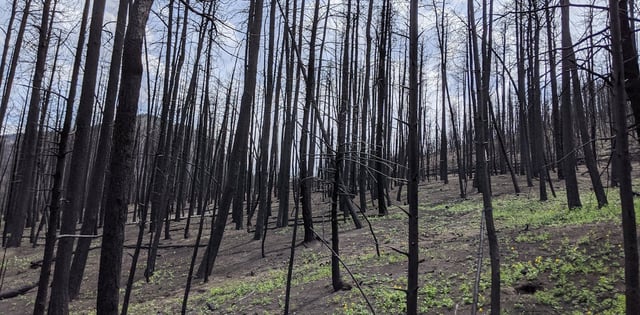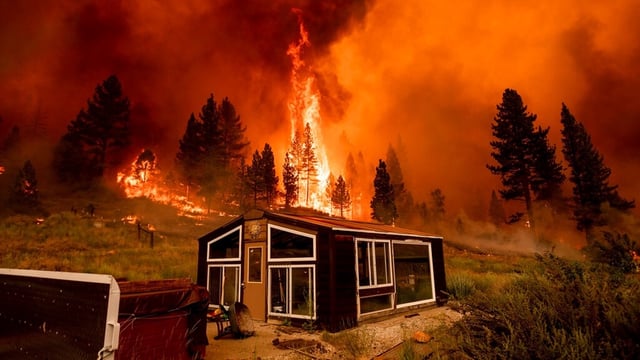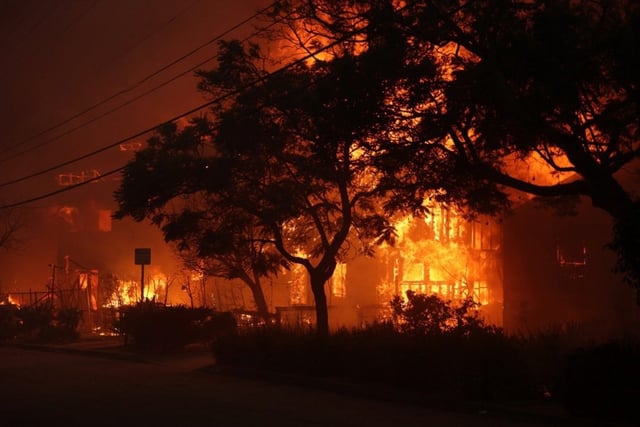Overview
- Researchers examined decades of water quality data from 245 burned and nearly 300 unburned watersheds in the western United States.
- In the first year after a fire, sediment and turbidity levels surged to 19–286 times above prefire conditions, risking filter clogging at treatment facilities.
- Dissolved organic carbon, nitrogen and phosphorus remained elevated for up to eight years, increasing the likelihood of costly algal blooms in reservoirs.
- Watersheds with dense forest cover or extensive urban burn areas experienced more severe and prolonged contamination.
- Water utilities will need to plan for sustained treatment costs and infrastructure upgrades as they cope with this extended degradation.


